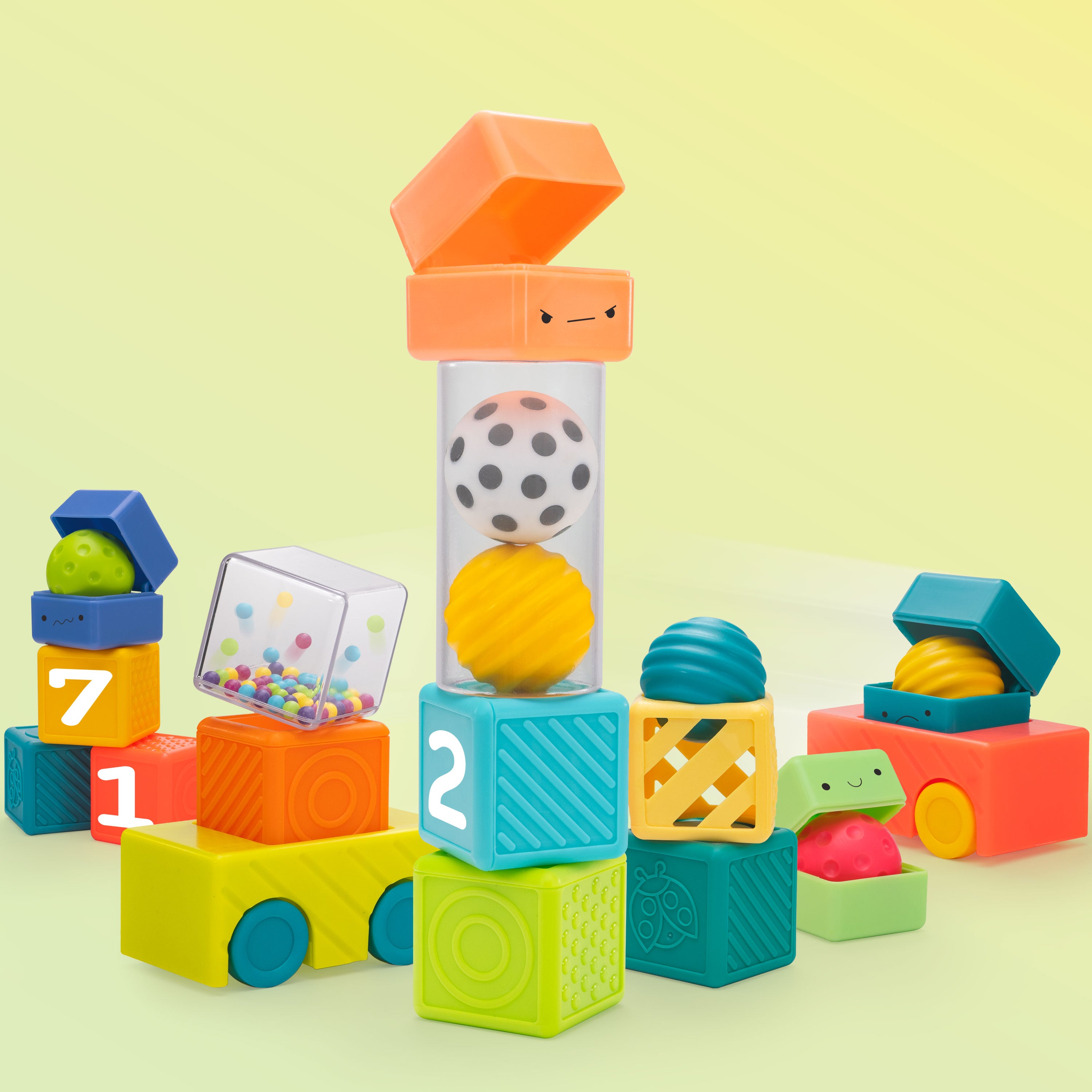Reading to Babies-Why, When, and How
 By: Kaila Weingarten, MS Ed
By: Kaila Weingarten, MS Ed
When I was a young girl, there was one place I awaited going to eagerly. It was not the candy store. Nor was it the toy store. It was the library. I loved choosing from hundreds of books, all different sizes, colors, shapes, and subjects. Coming home with a bag of books was a dream come true. Which book should I choose? The latest novel? Or perhaps an inspirational biography? Books transported me to different eras, places, times and people. They evoked myriads of feelings and emotions: excitement, suspense, sadness, fear and more. Today, reading books is still an enchanting experience in which I revel. Instilling a love for reading is a powerful gift to give your child. Early language and literacy development begins in the first three years of life and is closely linked to a child's earliest experiences with books and stories. The interactions that young children have with such literacy materials as books, paper, and crayons, and with the adults in their lives, are the building blocks for language, reading and writing development. This understanding of early literacy development complements the current research supporting the critical role of early experiences in shaping brain development. Recent research supports an interactive and experiential process of learning spoken and written language skills that begins in early infancy. Many studies have been done and the basic results are all the same – children who are exposed to language and literacy in the infant, toddler, and preschool years are much better prepared to succeed in school. In the book Much More than the ABCs: The Early Stages of Reading and Writing, Judith Schickedanz elaborates on common early literacy behaviors your baby will acquire when exposed to books.
- Book Handling Behaviors - Behaviors related to a child's physical manipulation or handling of books, such as page turning and chewing.
- Looking and Recognizing - Behaviors related to how children pay attention to and interact with pictures in books, such as gazing at pictures or laughing at a favorite picture. Behaviors that show recognition of and a beginning understanding of pictures in books, such as pointing to pictures of familiar objects.
- Picture and Story Comprehension - Behaviors that show a child's understanding of pictures and events in a book, such as imitating an action seen in a picture or talking about the events in a story.
- Story-Reading Behaviors - Behaviors that include children's verbal interactions with books and their increasing understanding of print in books, such as babbling in imitation of reading or running fingers along printed words.
- Read to your child frequently. Read to your child throughout the day. Establish regular times for reading during the day, and find other opportunities to read: Start or end the day with a book. Read to your child after play to help settle her down. Read during mealtime or before bedtime.
- Use puppets. Use a puppet or doll to tell or be characters in the story.
- Get in character. Wear a costume, add sound effects, or use special props to highlight your story.
- Personalize It. Insert the name of your child in the story.
- Choose a comfortable place. Choose a comfortable place where your child can sit near you. Help him feel safe and secure.
- Use a library. Visit your local library to choose new books for you and your family to read.
 There are many ways that you can encourage your child to become a reader. Here are questions that you can ask yourself to ensure that you are on track: For babies (from six weeks to one year)
There are many ways that you can encourage your child to become a reader. Here are questions that you can ask yourself to ensure that you are on track: For babies (from six weeks to one year)
- Do I provide a comfortable place for our story time? Is my child happy here?
- Am I showing my child the pictures in the book? Am I changing the tone of my voice as I read to show emotion and excitement?
- Am I paying attention to how my child responds? What does he or she especially like? Do I recognize when my child is tired and ready to stop?
- Does my child enjoy the book we are reading?
- Do I encourage my child to “pretend to read,” joining in where he or she has memorized words or phrases?
- When I ask questions, am I giving my child enough time to think and answer?
- Do I tie ideas in the book to things that are familiar to my child? Does my child make connections on his or her own?
- Do I let my child know how much I like his or her ideas and encourage him or her to tell me more?
- Do I point out letters, such as the first letter of my child’s name?



Leave a comment